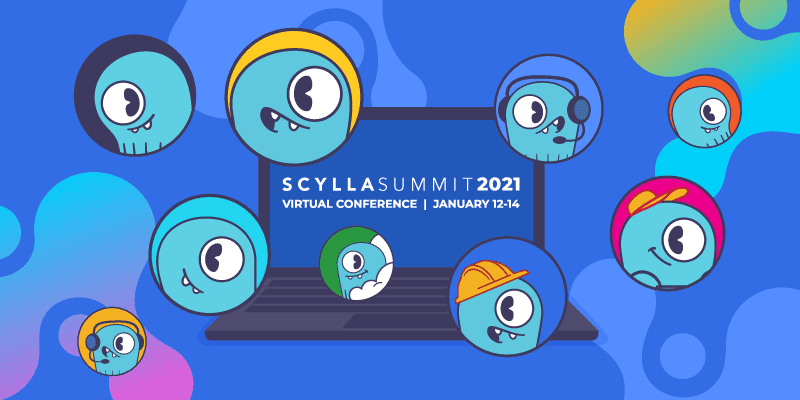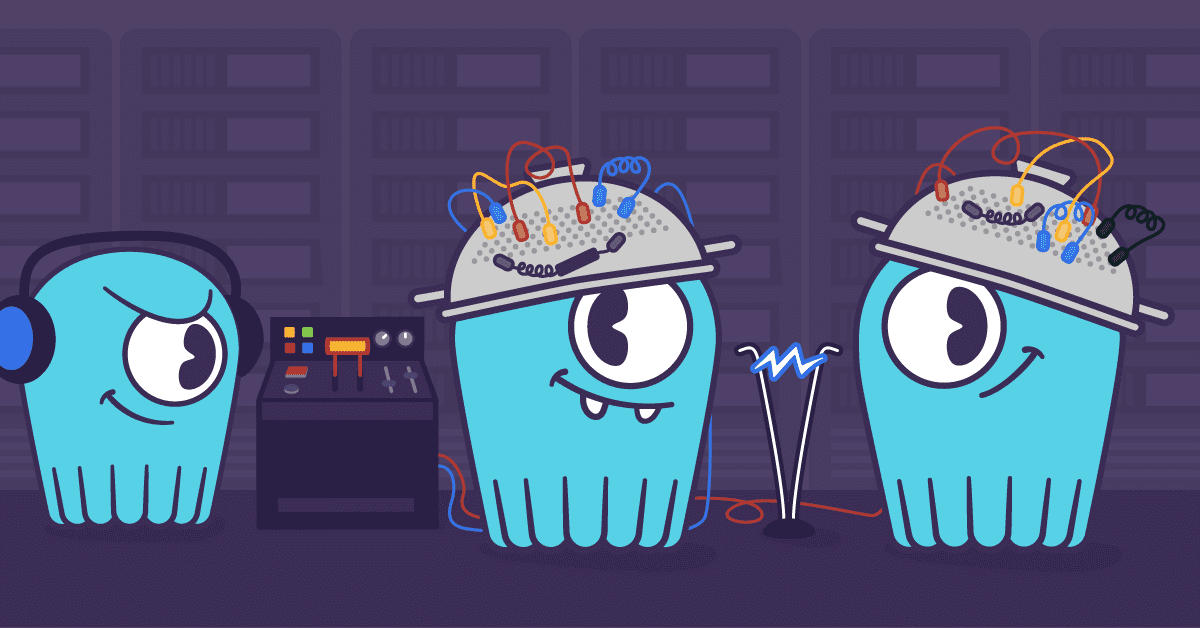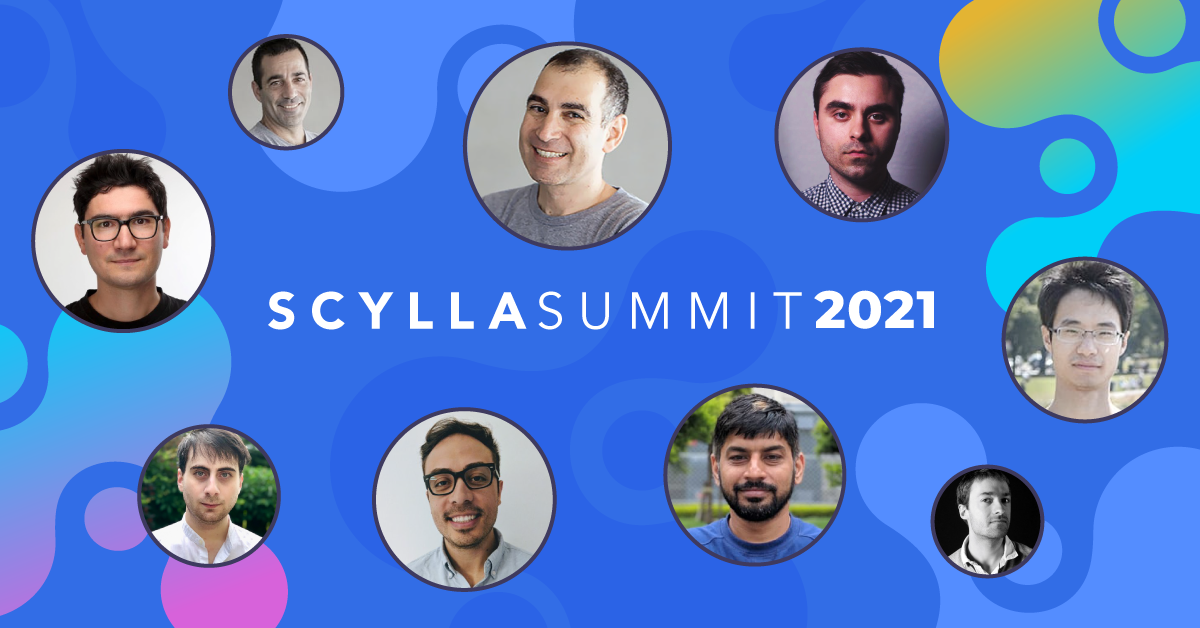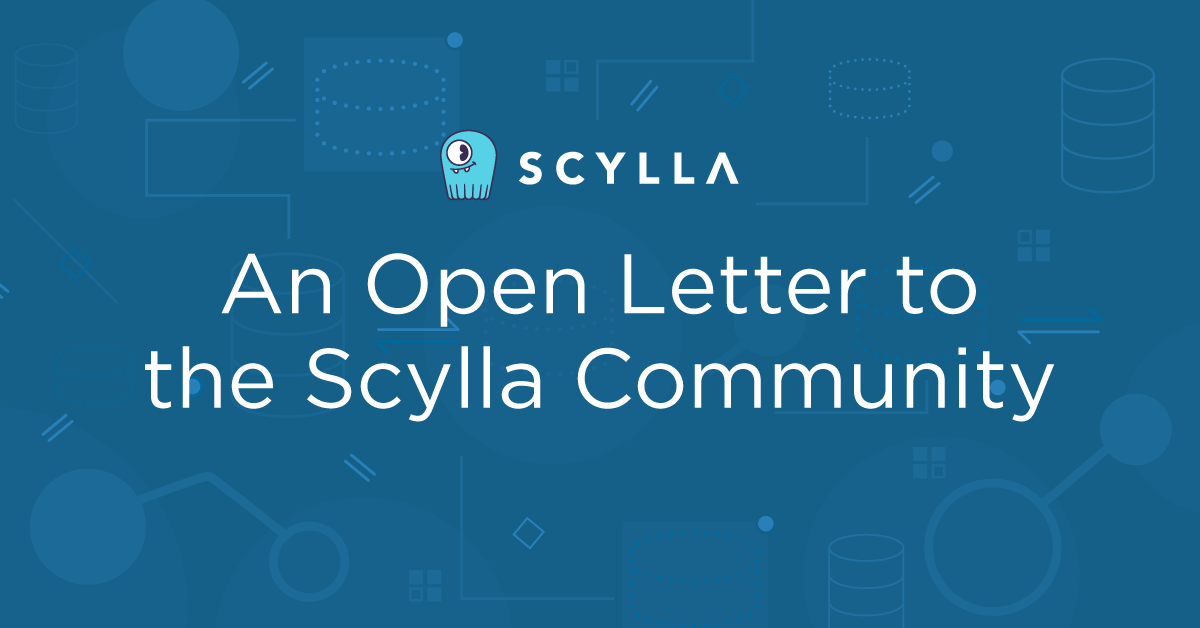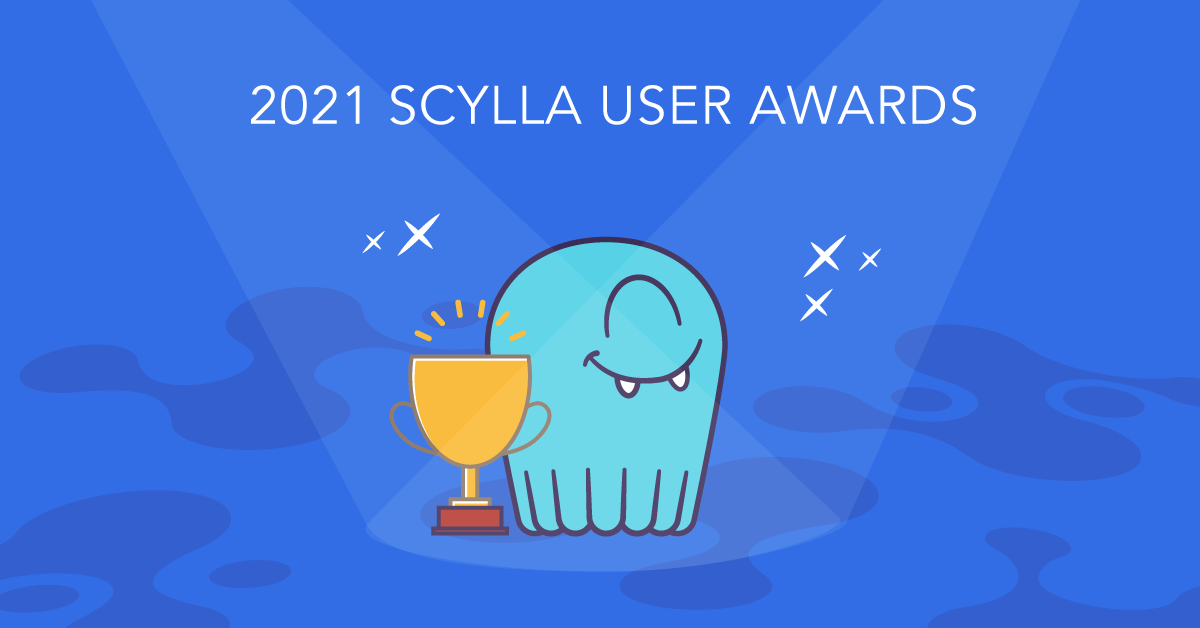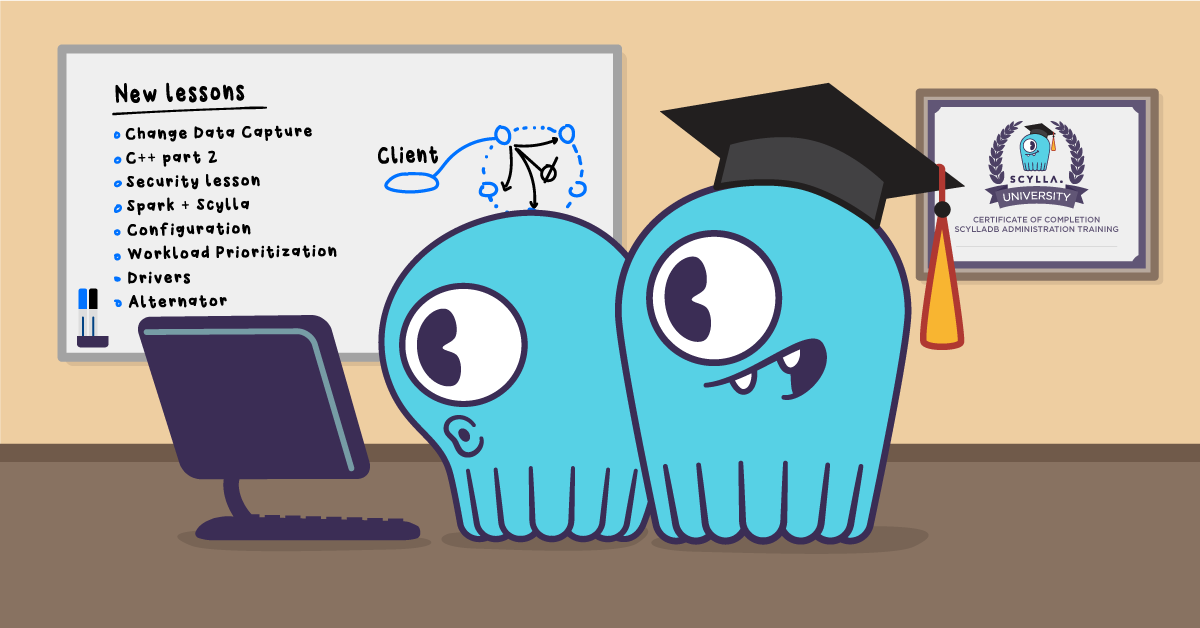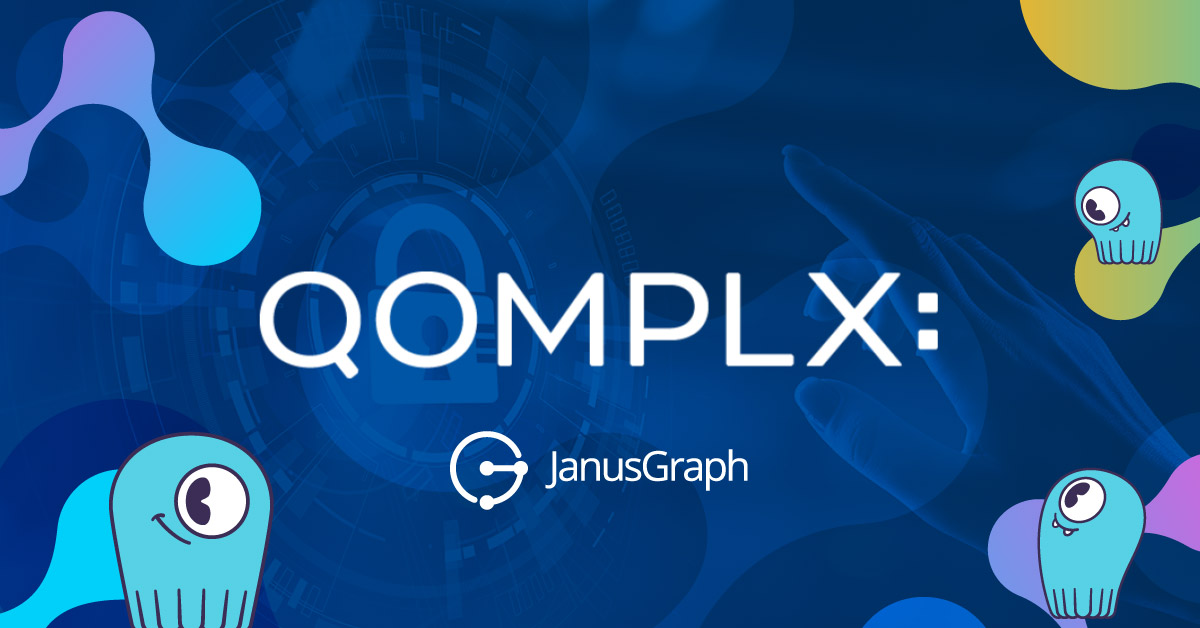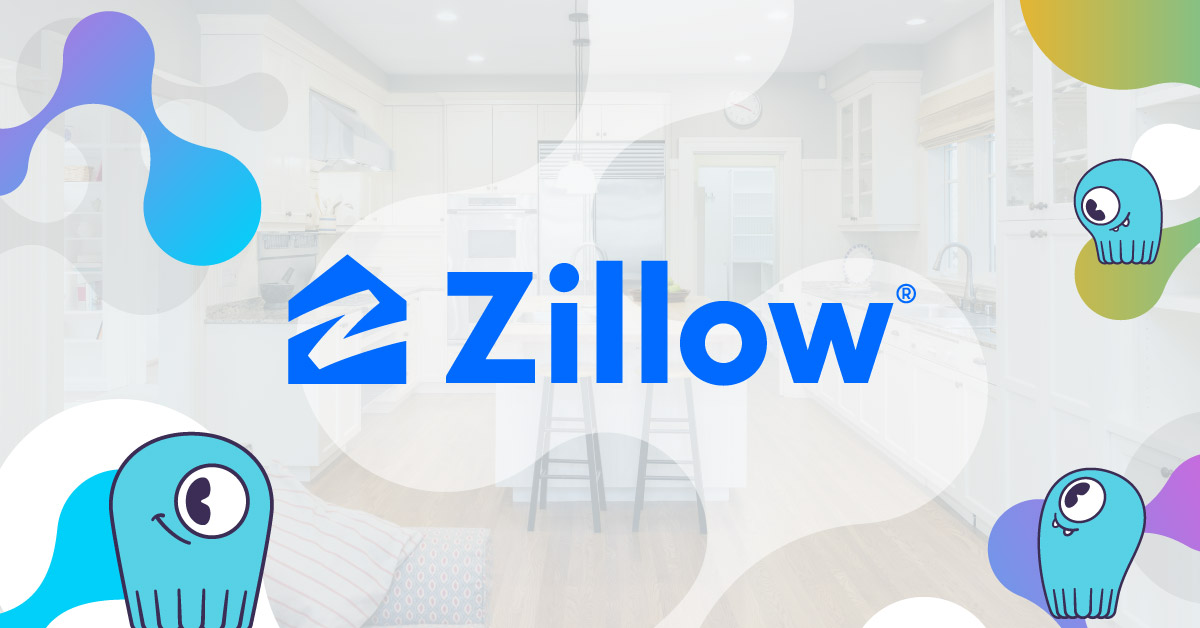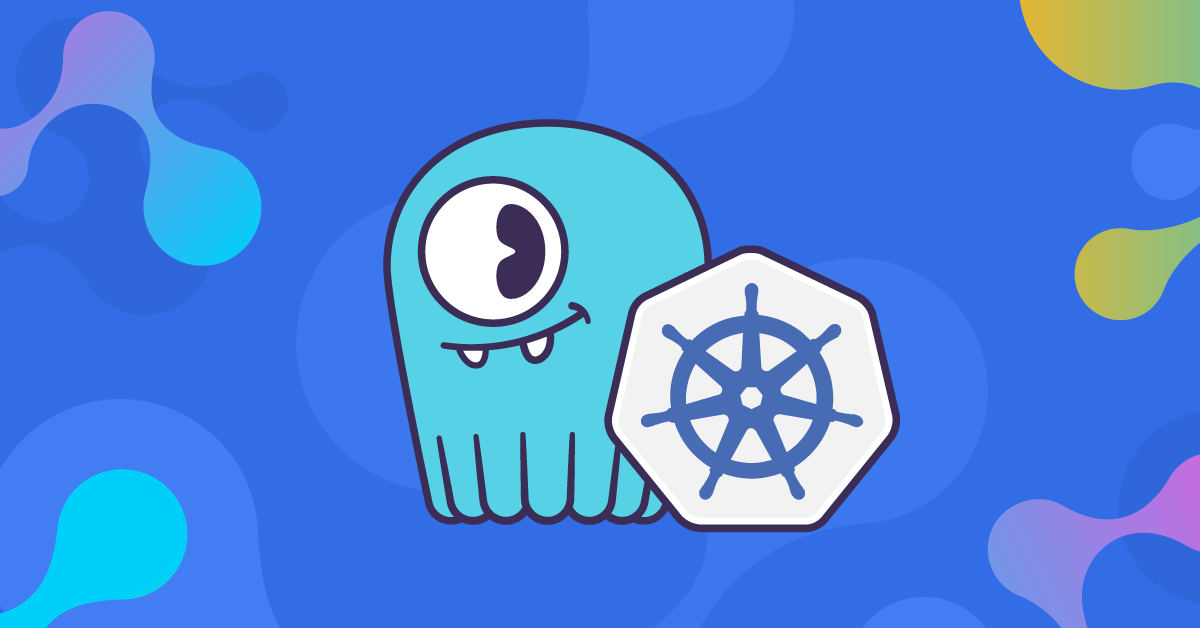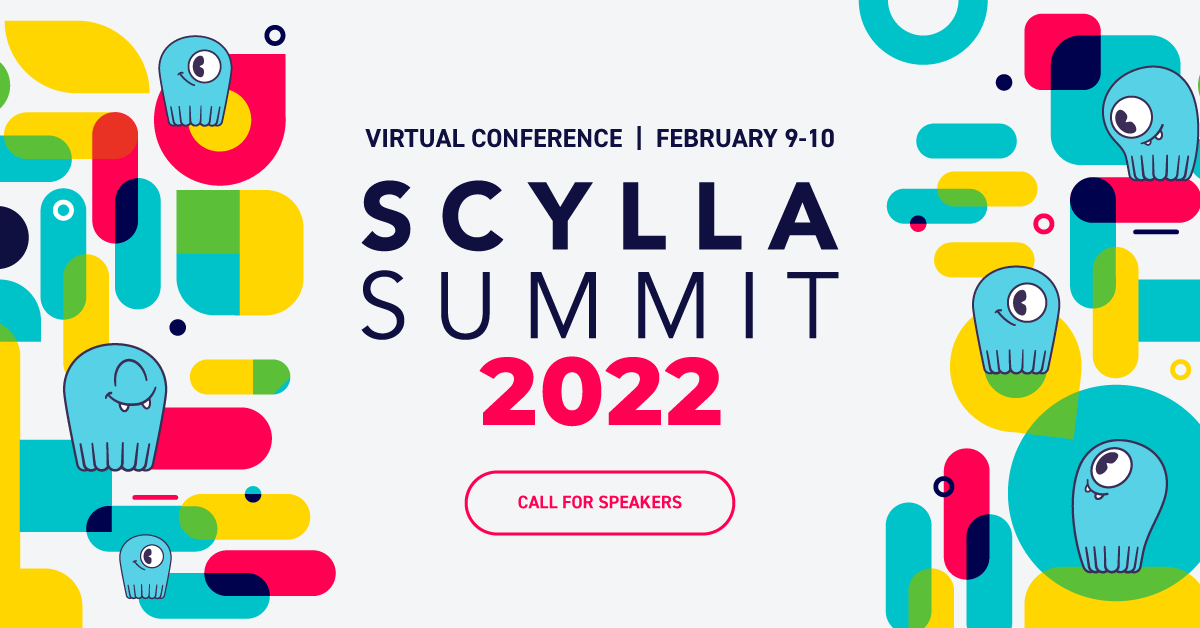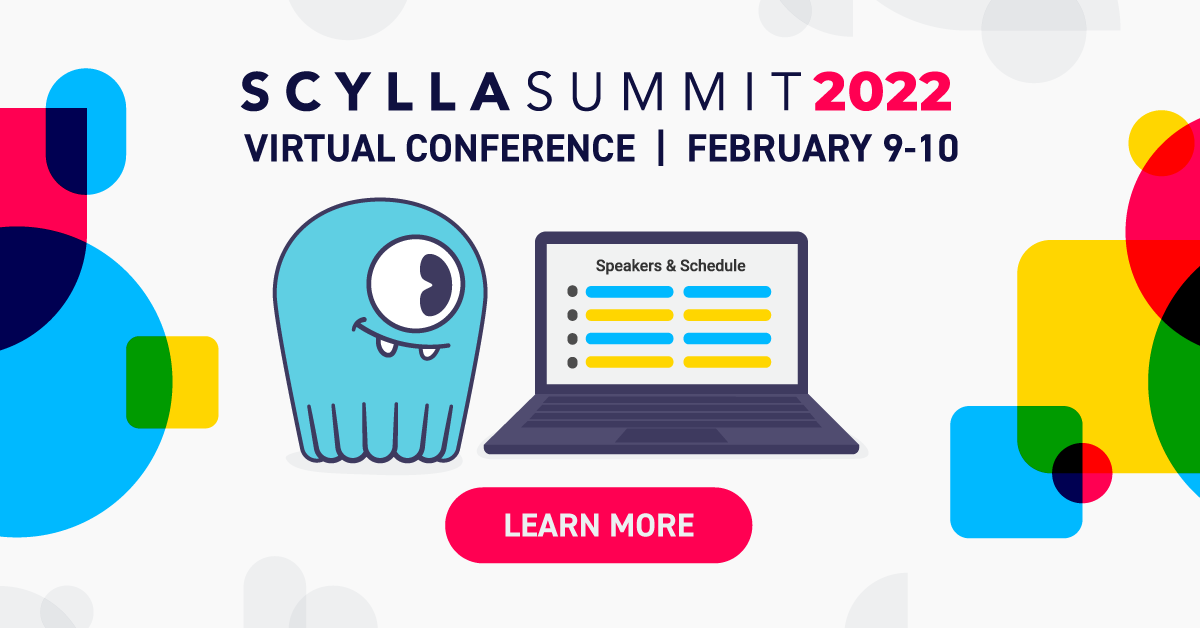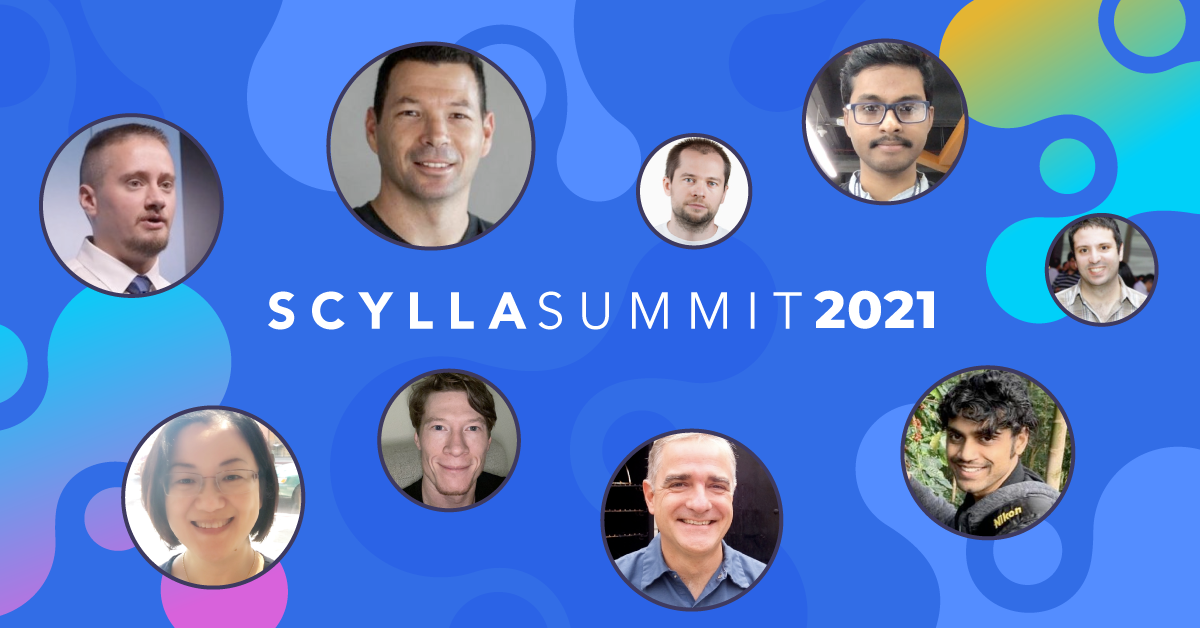
ScyllaDB Summit 2021 was held online this year for the first time. Tuesday, January 12th was the first day of presentations, and included keynotes from ScyllaDB CEO and Co-Founder Dor Laor and Jepsen test author and computer safety researcher Kyle Kingsbury, and a range of talks from ScyllaDB users and ScyllaDB engineers. Before we get further into the details, we want to give you this reminder:
Don’t Miss Day Two!
Day Two is happening today, January 13th 2021, from 8:30 – 11:30 AM PST.
ScyllaDB Summit 2021 is entirely online, free and open. You can register now to watch all the event proceedings on-demand. We’ll have more sessions, including a keynote from ScyllaDB CTO and Co-Founder Avi Kivity, a presentation on the integration of ScyllaDB’s Change Data Capture (CDC) feature with Apache Kafka by Confluent’s Tim Berglund, and many more sessions from ScyllaDB users and ScyllaDB engineers. You won’t want to miss them!
WATCH ALL THE PRESENTATIONS ON-DEMAND
Prepare to Love ScyllaDB Even More
ScyllaDB CEO and Co-Founder Dor Laor led off the summit yesterday with a keynote, Prepare to Love ScyllaDB Even More. In that session, he outlined the achievements we had over 2020: our feature parity with and advancements beyond Apache Cassandra, adding support for our Project Alternator DynamoDB-compatible API, and our certification to run on AWS Outposts.
ScyllaDB provides NoSQL with no limits. “We are unlocking limits all the time.” This spans the gamut from scalability up to multi-petabyte workload volumes, to unlimited deployments, whether multi-cloud, on-premises, Docker or Kubernetes.
Dor gave great credit to Kyle Kingsbury for working with ScyllaDB engineers conducting Jepsen testing against ScyllaDB. “Now it’s safe to run LWT transactions with ScyllaDB.”
Next, Dor announced the availability of the ScyllaDB Kubernetes Operator 1.0, which has now reached General Availability (GA) status. With it, Dor said, “you can do a bunch of other things: version upgrades, scaling out, scaling down. It provides a lot of value for those of you who manage your database yourself.”
Then Dor turned to deployability options, announcing that ScyllaDB Cloud (NoSQL DBaaS) can now be deployed to Google Cloud Platform (GCP). This service is already in Beta, and GA will not be far off. You can now run DynamoDB-compatible workloads on GCP to support cross-cloud deployment. Dor also noted that Azure will also be added in due time.
Project Circe

Dor then revealed the roadmap for 2021. The first goals include moving towards better elasticity and maintainability. For instance, to be able to scale up or down by any number of nodes. And to make repairs a “fully solved problem.”
Dor believes ScyllaDB needs to be better. “We want to make it as good as possible in terms of simplicity, elasticity, data consistency, and consistency of performance.”
“In order to do that, we’re launching Project Circe. Just this morning we published a special page on our website for this project.
Explaining the origins of the project’s name Dor noted, “If we go back to the Greek mythology, we’ll discover that ScyllaDB wasn’t a monster to begin with. She was a beautiful nymph. She got cursed by Circe the witch and turned into a monster with twelve tentacles.”
Similar to that legend, Dor explained, “We’d like to transform ScyllaDB from a database into a monstrous database — but in a positive way.”
Besides elasticity and maintainability, other features of Project Circe include the implementation of the Raft consensus protocol, improved performance, stability and deployability.
You can learn more about these initiatives and planned capabilities in our blog post, and by following our project throughout the year on the Project Circe page.
Kyle Kingsbury: ScyllaDB + Jepsen
Aside from Dor’s keynote Kyle Kingsbury’s session on Jepsen testing was, for many, the highlight of the day. It prompted the following Twitter comment from one attendee, Steven Li:
“Super interesting to hear how @ScyllaDB benefited from Jepsen testing, resulting in improvements to areas like LWTs and membership changes. This was a much more technical keynote than I expected. Looking forward to more at #ScyllaDBSummit!”
Indeed, we learned a lot from Kyle’s testing. Enough to fill an analysis, a blog, and an upcoming webinar on January 28th, on top of his ScyllaDB Summit talk. Make sure you register for it today:
WATCH THE ON-DEMAND WEBINAR NOW
A Full Agenda
With each other session being about 10 to 12 minutes long, the rest of the day was filled with the equivalent of “lightning talks” comprised of a mix of ScyllaDB engineers and users/customers.
- Raft in ScyllaDB — Immediately following Kyle Kingsbury, ScyllaDB’s own Konstantin “Kostja” Osipov took users on a tour of how the implementation of the Raft protocol is going to expand the application of consensus and consistency far beyond Lightweight Transactions. While we’ll do a full blog about this in the future, for now, refer to our recent Project Circe post and web page.
- Zillow: Optimistic Concurrency Using Write-time Timestamps — Dan Podhola of Zillow discussed their unique method to combine data from multiple data sources and arrive at the latest view of data even without using Lightweight Transactions.
- Empowering the DynamoDB Application Developer with Alternator — ScyllaDB’s Nadav Har’El spoke about ScyllaDB’s implementation of the DynamoDB compatible API in ScyllaDB, with a focus on observability. By the way, did you know we now have a new experimental Alternator Streams feature in ScyllaDB Open Source 4.3? You can read about it in the release notes.
- GE Healthcare: Enabling Precision Health with Edison AI — Sandeep Lakshmipathy took users through the GE Healthcare use case, which employs ScyllaDB’s DynamoDB-compatible Alternator interface. Their hybrid deployment allows critical patient data to remain on-premises to comply with privacy requirements, rather than get stored in a public cloud.
- ScyllaDB Operator 1.0 — Maciej Zimnoch set the Summit abuzz with the news ScyllaDB now has a production-ready Kubernetes (K8s) operator. Want to know more? Read the documentation here and the release notes here. You can also download it now.
- Grab at Scale with ScyllaDB — The team at Grab showed how the “superapp” of Southeast Asia continues to scale with ScyllaDB, including how they conduct real-time aggregation with their counter service, plus a technical tour of their broad array of internal use cases and optimizations.
- ScyllaDB’s Journey Towards Being an Elastic Cloud Native Database — After a brief intermission ScyllaDB’s VP of R&D Shlomi Livne described various requirements and considerations to make ScyllaDB a more elastic distributed database including optimizing data transfers, handling different states as you scale up or down, and organizing data into tablets.
- ScyllaDB @ Disney+ Hotstar — India is one of the fastest growing markets for Disney+, and their Hotstar subsidiary has delivered at scale. They detailed how their service allows users to pause a movie on their television and pick up exactly where they left off on their mobile phone. Such a “continue watching” feature seems pretty simple until you need to scale that to every show watched by over 300 million monthly users across all their devices.
- ScyllaDB Cloud on Display — The ScyllaDB Cloud team showed users the advantages of our managed Database as a Service, including Bring Your Own Account (BYOA), our new Google Cloud Platform beta support, VPC peering, the DynamoDB-compatible Alternator interface, and more. They also gave a demonstration of just how easy it is to provision a cluster under ScyllaDB Cloud.
- ScyllaDB @GumGum: Contextual Ads — Speaking of ScyllaDB Cloud, GumGum showed the audience how they use our managed Database-as-a-Service to deploy and run their global adserver infrastructure.
- Expero/QOMPLX: Using ScyllaDB with JanusGraph for Cyber Security — QOMPLX, and Expero took the audience on a tour of their graph database built with ScyllaDB and JanusGraph to detect real-time problems in their government and customer networks.
- Ticketmaster Performance Test: ScyllaDB, DataStax and Apache Cassandra — Ticketmaster’s Linda Xu finished the day by showing how, side-by-side, ScyllaDB outperformed Apache Cassandra and DataStax Enterprise, especially when it came to handling their spiky immediate needs to meet high load when tickets go on sale.
In the Speaker’s Lounge
I had a chance to speak to Serge Leontiev, who hosted our Speaker’s Lounge. This was an ongoing combined Q&A session that followed right after each speaker’s presentation — a benefit to attending ScyllaDB Summit live. Over time, more and more speakers joined, and they were able to talk shop with each other plus answer the questions of our Summit attendees.
Dor was the first speaker in the lounge after his Summit keynote. “He was very excited to share about Project Circe, and how it would take ScyllaDB to the next level.”
Kostja and Kyle, who worked together closely on Jepsen testing ScyllaDB with Paxos, answered questions about Raft and ScyllaDB. Serge noted, “Kostja was on fire while trying to answer all the questions from attendees about the Raft protocol and how it will be implemented in ScyllaDB.”
Maciej added additional details about ScyllaDB Operator and went to great lengths answering questions about ScyllaDB’s elasticity and performance.
“Shlomi and Tzach both fielded lots of questions about our product roadmap and future releases.” As you might imagine, we had a great deal of community interest around that. And later Noam from our ScyllaDB Cloud team joined the lounge and answered questions about the great demo that was showcased during his session.
Angad from QOMPLX and Brian of Expero fielded questions about JanusGraph on ScyllaDB. Their session on cybersecurity sparked a lot of interest. Angad noted they had gone with JanusGraph and ScyllaDB — versus, say, Neo4J or TigerGraph — specifically because of their commitment to using a true open source solution.
Keith from GumGum shared his experience with ScyllaDB Cloud, highlighting its value for a small DevOps team where ScyllaDB took all the responsibility of cluster management from their shoulders.
The cross-talk between the speakers was enthusiastic and engaging. As Serge told me, “There was a great conversation between Keith Sader at GumGum and Balakrishnan and Vamsi from Disney+ Hotstar about their use of ScyllaDB Cloud. Arun Sandu from Grab, who runs ScyllaDB Enterprise self-managed, was excited to learn about their experiences. That kind of good cross-conversation was unique to the live event.”
“Plus, the presenters from Disney+ Hotstar and Grab both work and live in the same region of India and use each other’s services. What united them was ScyllaDB as the common database running underneath both.”
Meme Machine
During the event we had various contests and prizes. One of our favorites was a meme generator that used illustrations with everyone’s favorite ScyllaDB monster. Users were encouraged to share their own captioned images out to Twitter or LinkedIn with the hashtag of #ScyllaDBSummit. Here are a few that tickled our fancy:
 |
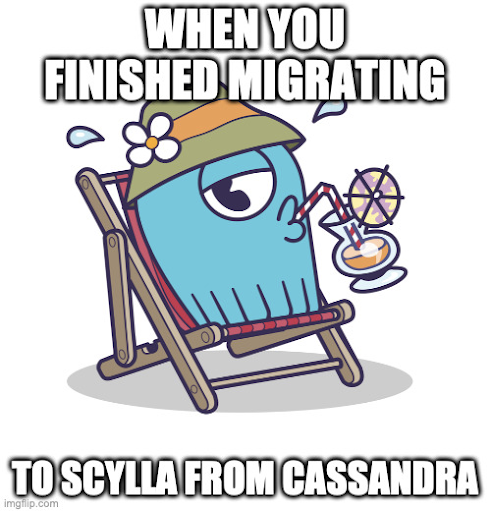 |
Stay Tuned For More
Dor noted that there will be much more to come, which would be discussed in other sessions and future updates. For example, he teased that there are already plans afoot to bring CQL into Grafana, the open source metrics and analytics platform used within ScyllaDB Monitoring Stack. “You’ll be able to query virtual tables in it.”
For now we look forward to hosting you for Day Two of ScyllaDB Summit 2021, and also look forward to seeing you back for our Training Day this Thursday, January 14th, with separate developer and administration tracks. If you didn’t register yet, don’t worry! As we said, the event is online and totally free. Sign up now!
Editor’s Note: This event is now in the past, but you can watch all of the sessions on-demand:

